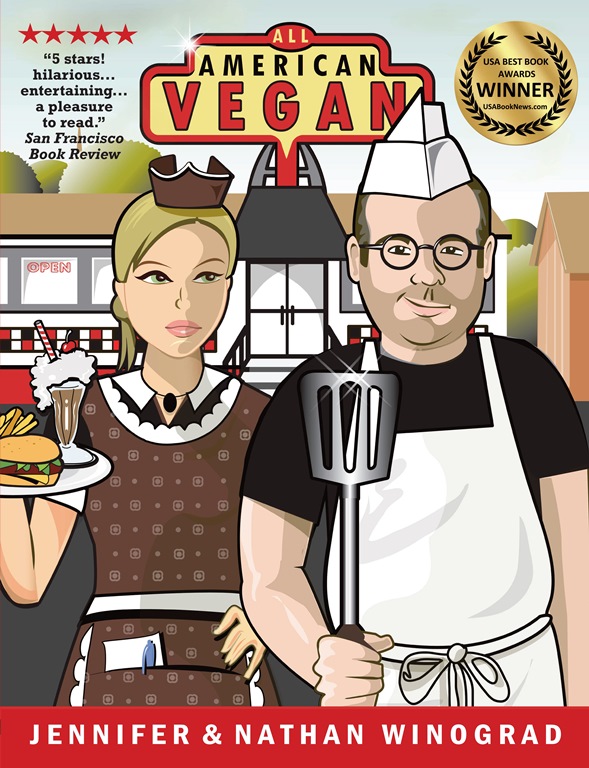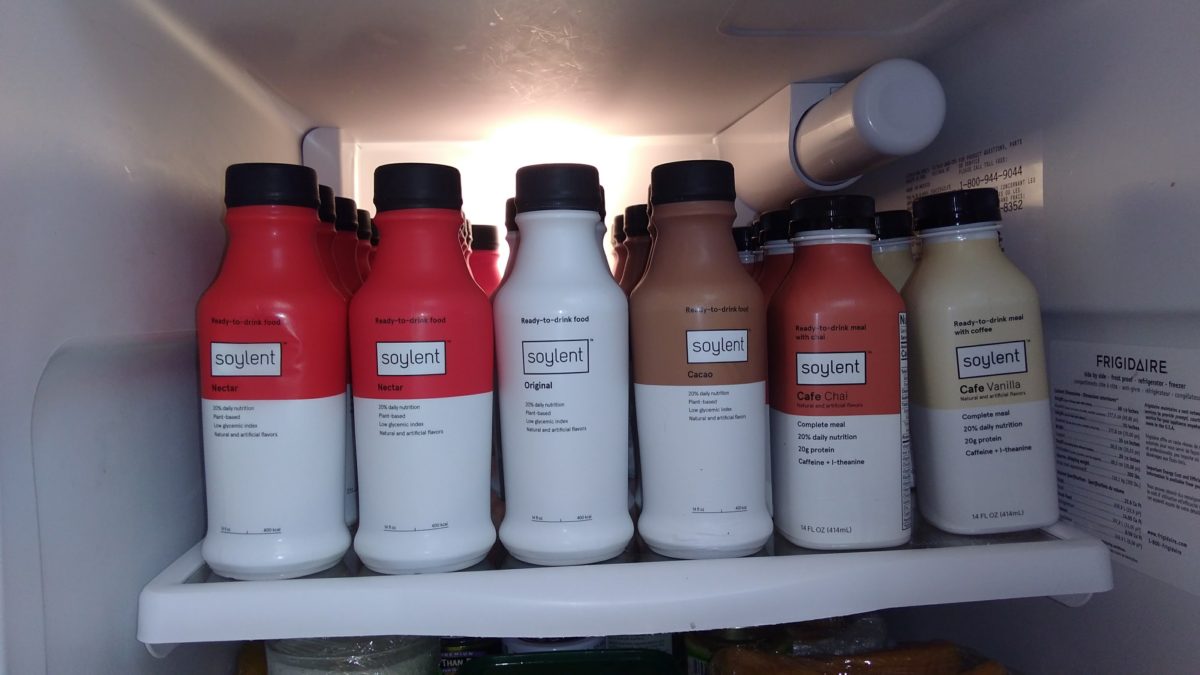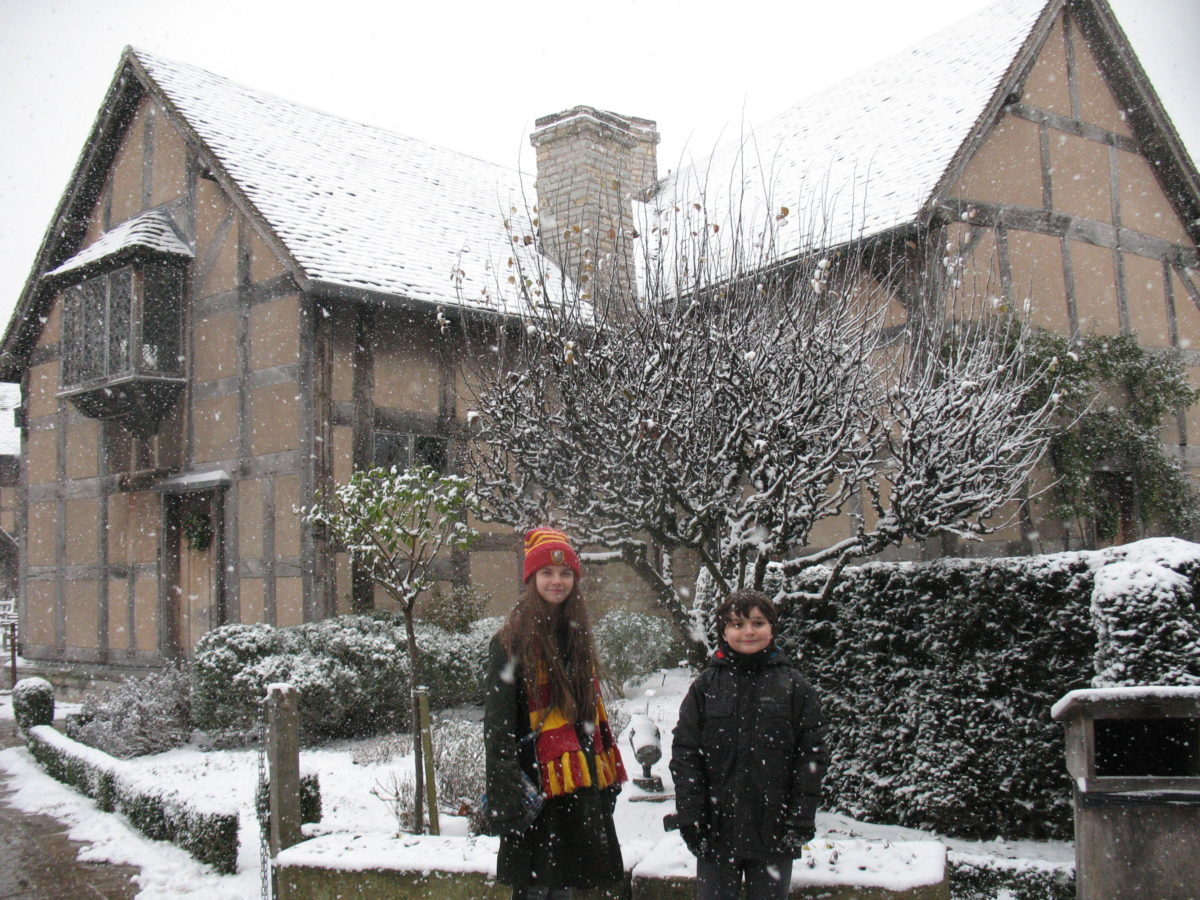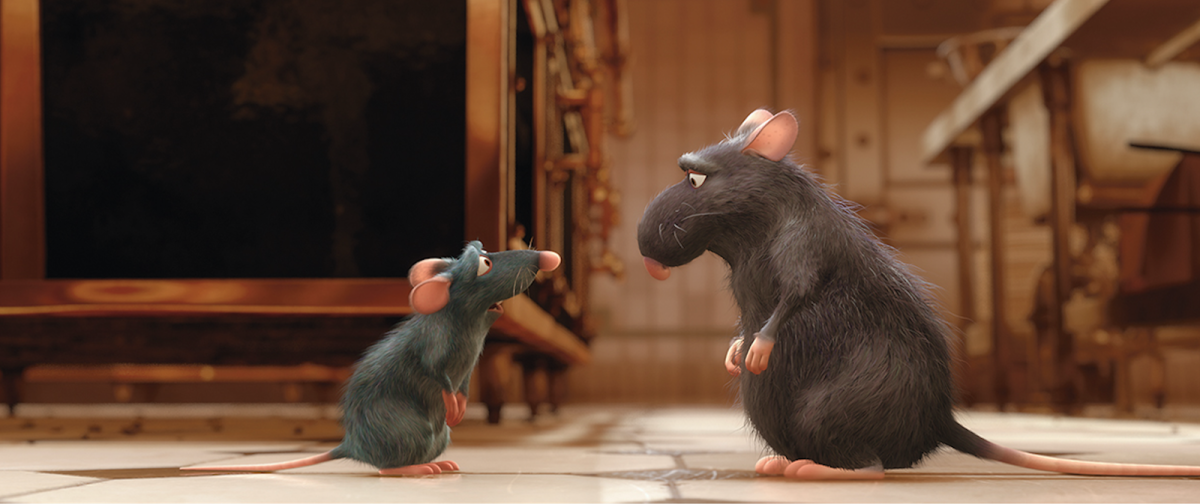
I’ve been vegan for 26 years. In fact, I’m an All American Vegan. And I’ve been an All American Vegan for roughly half my life. It’s not as impressive as my wife’s 30 years of veganism or even my daughter’s 21 years. My daughter is, after all, only 21, meaning she’s been vegan her whole life (and my son, for all of his 17). But as one young 20-something vegan once told me, “You were vegan before they knew it was safe.” Indeed.
I was vegan before the explosion of plant-based cheeses (when it was still a rubbery thing in a tube), when soymilk tasted like dirt, when the bread was so dense your jaw hurt by the time you finished your sandwich, and when veggie dogs only came in cans. I was vegan before natural foods stores were really a thing, when the only place I could shop was a hole-in-the-wall vitamin store with dust-covered items on dust-covered shelves and nothing to eat but row after row of dried beans. I was vegan when no one knew what “vegan” meant, and trying to find something to eat at a restaurant often ended in frustration and confusion for everyone involved. “You’re a what?” I would inevitably be asked, leading to a drawn-out, tortured exchange which ended with my slowly spelling out the letters “V-E-G-A-N” to a bewildered waiter who thought I was insisting that I came from another planet.
Despite that, being vegan has never been what I would call “hard.” It never seemed a sacrifice. Yes, there were fewer choices back then, but the real sacrifice would have been to throw animals under the bus. In fact, dearth of food has never been my problem, nor has being vegan held me back from putting on the pounds. At only 5’6″, I topped off at 196. My wife jokingly says that when men become fathers, babies emit some kind of pheromone that causes us to become sedentary and gain weight, to become big ol’ snuggly papa bears. It’s a sweet thing to say, but of course, it’s all the food. Lots and lots of delicious vegan food, because the old days are just that: old. And gone. Vegans now live with abundance: there’s endless options, endless varieties, plenty of choices at restaurants, and one new vegan product being introduced in the market every single day. It’s a billion dollar industry. And not only are there more choices, they are more “authentic.” In other words, they look like meat, smell like meat, cook like meat (there’s even a bleeding burger), and taste like meat. We are entering a vegan food golden age and that is good for animals, good for people, and good for the planet.

The top shelf of our refrigerator belongs to me.
But this isn’t about all those vegan products. It’s about only one of them: Soylent. Because Soylent is not just another in a long line of exciting plant-based products that are changing how more of us are getting our nutrition. It’s the total package: a complete meal replacer. And it’s (perhaps unwittingly) part of the three major food paths that collectively will end the killing of animals for food: 1. vegan meat, dairy, and egg analogs, 2. lab-grown or cultured meat and other products, and 3. plant-based meal replacers like Soylent. I say unwittingly because it was initially designed as a productivity tool for Silicon Valley, so that people could work through lunch but still get the fuel they need to stay, well, alive, and to stay healthy. It’s launch had nothing to do with veganism. Moreover, not only are most Soylent drinkers probably not vegan, but the original kickstarter version was made with fish-oil which was decidedly un-vegan and mean. Thankfully, they eliminated the ingredient and it has developed a very large and loyal following — from both vegans and non-vegans — and a host of new flavors.
I am one of those devotees.
In fact, my wife responded to my last reminder of how much I love Soylent that if I love it so much, why don’t I marry it. She’s always good for a quip. But she has no one to blame but herself. She is, after all, the person who brought Soylent into our lives. You see, my love affair with Soylent started, as most new things in my life do, with a debate with my wife. It is why I went on to read the complete works of William Shakespeare. She had heard a story on NPR that the man from Stratford on Avon might not have been the playwright. I, of course, responded with incredulity. If Shakespeare didn’t write Shakespeare, who did? And whose house did we visit on a trip there so many years ago?

My much younger kids in front of the childhood home of the West’s greatest playwright. Or, if you believe Justice John Paul Stevens, a barely literate English peasant (and I wasted a lot of money to see it).
After reading the interview and spending an hour or so on Google, I found that a lot of people believe it wasn’t him, including Sigmund Freud, Mark Twain, and the late Supreme Court Justice John Paul Stevens. But the evidence did not seem compelling, so I decided to do some digging on my own, not just in books about “the authorship question,” but the works themselves. Likewise, when I read a USA Today article that we might be living in a simulation and told her about it over coffee, she ran with it: watching a number of documentaries on the subject. And, of course, whatever we read, we share, even if we don’t agree with it or each other. We’re talkers, the two of us. It’s why my son’s anniversary gift to us one year was an intercom system connecting our two offices where we’re always a mere “talk” button away.
And so it was during one of our many conversations that we struck up a debate as to whether food was mere fuel (Ã la Remy’s dad in Ratatouille) or much more (Ã la Remy). In other words, if you took something that met your physical needs in say a pill or a drink, would you miss food? She said you would; I said you wouldn’t. To an outsider, we should have been on the opposite sides. When I met my wife, she weighed 118 pounds at 5’8″ which is pretty much rail thin. 22 years later, she now weighs 116, which is, rail thinner. I, as I said, went the other direction: 155 to 196. And so I took the Soylent challenge: 30 days drinking nothing but Soylent. I did not miss food. Nor did I miss the extra weight. I came out after those 30 days not just a winner in the debate, but a lot lighter and happier.

Remy and dad debate the merits of food vs. fuel. For those who take the side of Remy and my wife, but also want to spare the lives of animals, there’s plenty of delicious vegan options.
Since that initial challenge, I’ve added food again, but usually only dinner. My days belong to Soylent (and coffee). And some days, that’s all I have. It’s not a “thing.” I can eat whenever I want and sometimes, I do. The reason I always seem to reach for Soylent when I open the fridge is because I like it. But there’s a side benefit, too. I now weigh 138, three pounds away from my high school weight. I went from a 38 waist to 29 and from an x-large t-shirt to a medium. In fact, I like it so much, I’ve become a Soylent missionary, spreading the gospel to anyone who will listen. I also give it away to friends, colleagues, neighbors, friends of friends, even the Xfinity cable guy.
But this isn’t some product placement. I don’t chat up and serve up Soylent because I want to enrich the company that makes it. Nor do I stand to benefit from it. I do not. Not only do I own no interest in said corporation, I am writing and publishing this endorsement without their knowledge or any incentive provided by them to do so. In fact, I recently asked them for a t-shirt and they flat out refused. No, I’ve become a Soylent missionary because, like its founder, I often do not have time to eat, don’t want to waste my time figuring out what to eat, don’t want to stop what I am doing in order to eat, and because, even when I do, I usually just grab the Soylent anyway for all the reasons I noted. But most important of all, I do it because it is plant-based, meaning the more Soylent non-vegans drink, the fewer the number of animals they eat. And the fewer they eat, the fewer who die. And as someone who has dedicated himself to saving the lives of animals, that is why I love Soylent — and preach about it — most of all.
————-
Have a comment? Join the discussion by clicking here.